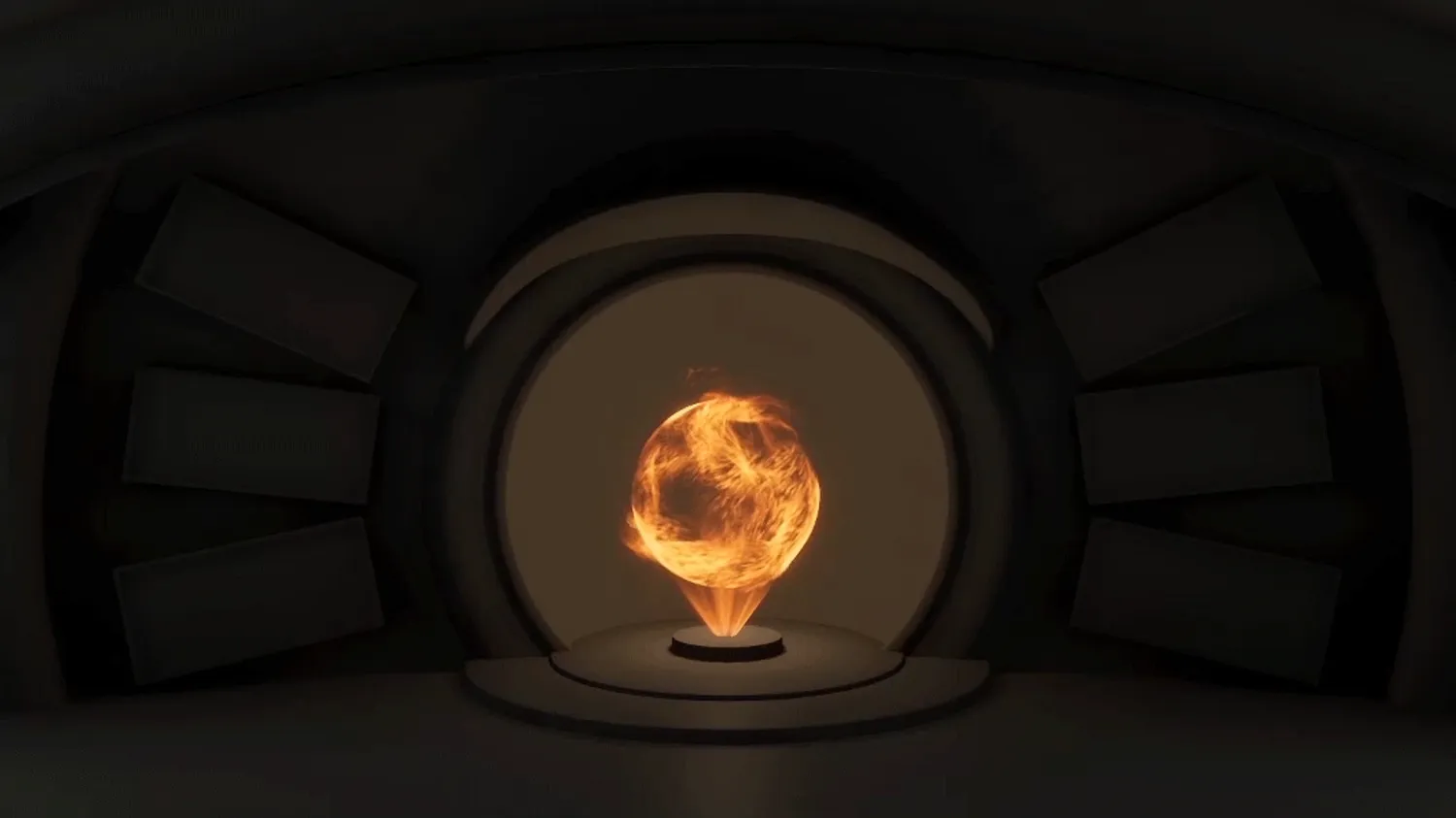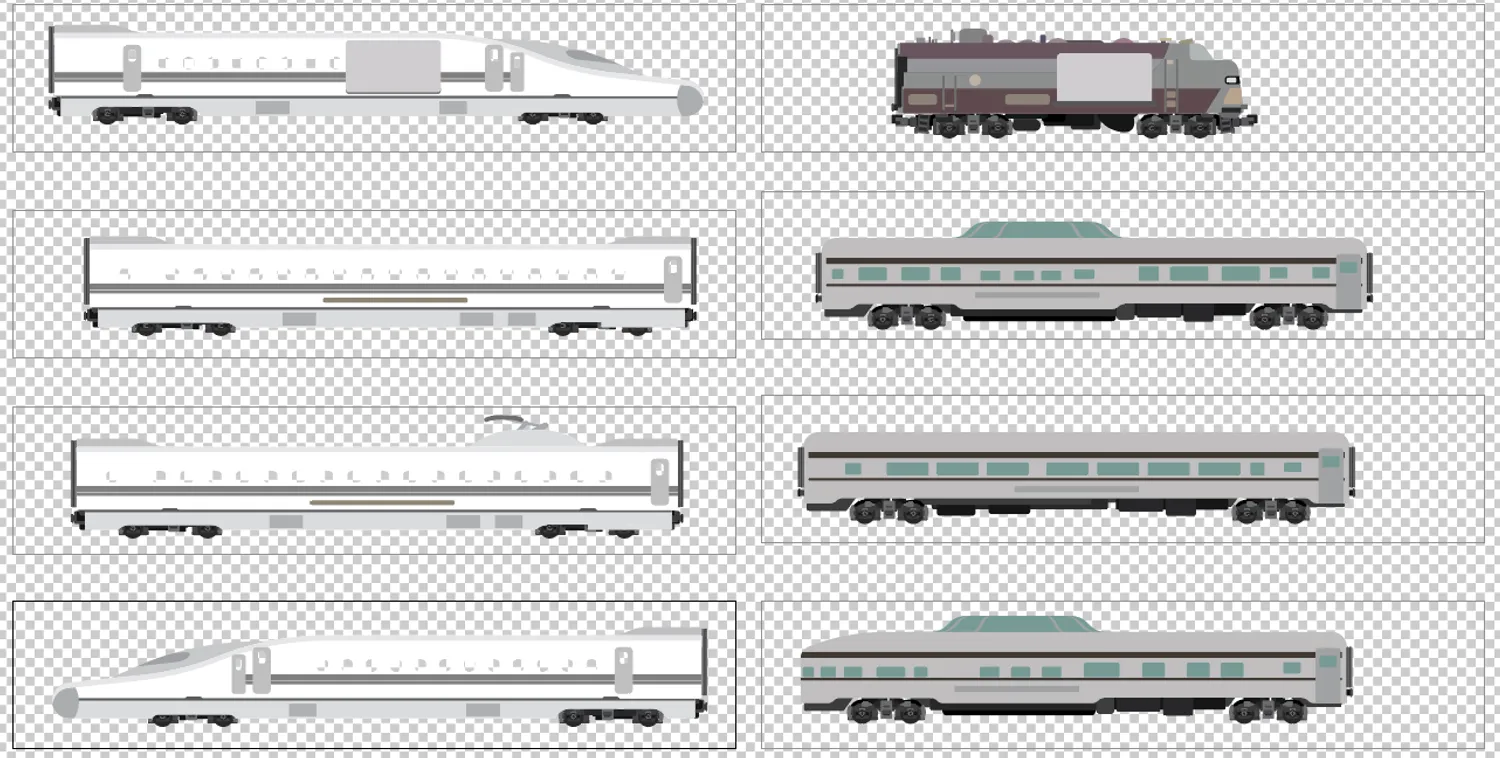Sirius Train Game

Game play of the Sirius Train Game on its diesel train configuration.
What is this
The Serius Train Game is a 2d side scroller built to allow players to enjoy the scenery while controlling one of 3 types of trains. With each type of train, the player is exposed to more and more control from the bullet train to the steam train. As the train engineer, the player needs to control the train with elegance, smoothness, and punctuality so the passengers stay happy. Developed for the class IAT410 Advanced game design working in a team of 4, we are tasked to create an intriguing game within the allotted three-month semester time frame.
Created for SFU’s Fall 2019 class of IAT 410 - Advanced Game Design.
Awards
With a panel of industry judges, our game won the “Certificate of Excellence in Game Design” and “Winning the Best Game (Champion)” award.
Team
- Celia (Jinghan) Zhang
- Sherry (Shiyi) Wang
- Patrick Devota
- Donny Wu
Trailer

Video by Patrick Devota
Process
The game started very differently. The team and I have ideated about a similar game to keep talking and nobody explodes but in single-player, something about challenging multitasking skills. The initial idea was the player being someone new to a space-age power station and them needing to deal with a reactor core meltdown in the first-person mode. Spending almost half of our allotted time on this idea with prototypes and player testing done, we have found that the game is hard to expand on the idea and reach a cohesive narrative requirement.



I always wanted to build a train game so I suggested the idea of pivoting to my team. Through a day of brainstorming with the new idea still integrating the previous core mechanics. Instead of being in the first-person mode, the player is in the third person view looking at a flat-shaded vector drawing of a train. Being backlit, the art team does not need to worry about background items being simple or brush strokes.


Challenges
Some challenges I faced are about game balancing, with many values working in tandem, it is very difficult to find the optimum value for an enjoyable gaming experience. It is also difficult to debug each value change as this is a slow game and speeding it up will not give the same feel. We overcame this by having many people playtest this game and provide feedback with interactive development techniques
Conclusion
In the end, I believe the resulting product was what I could have hoped for in such a small time frame with it winning the top prize of “Certificate of Excellence in Game Design” at the end of the semester with a panel of industry expert judges.